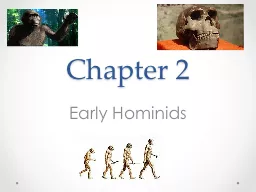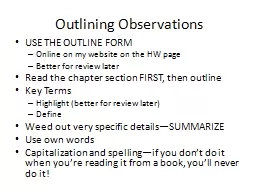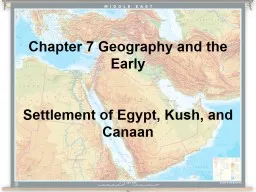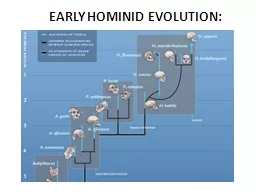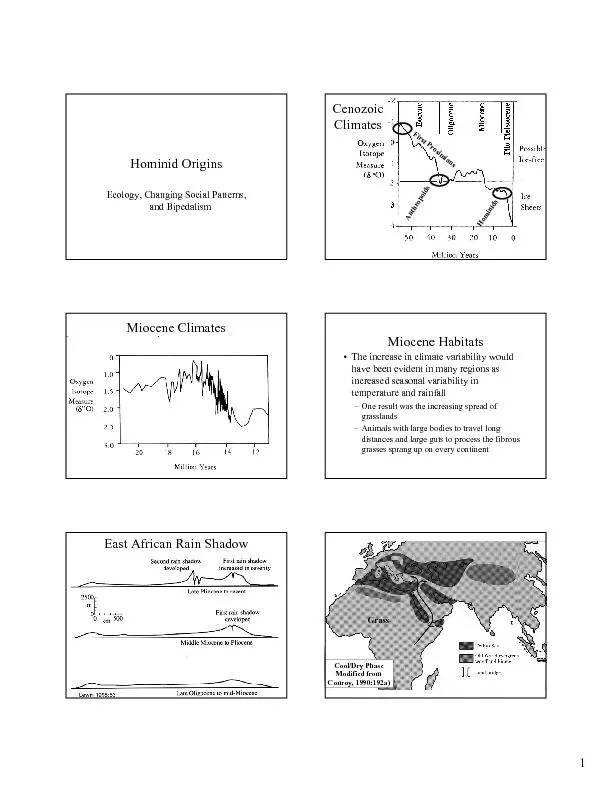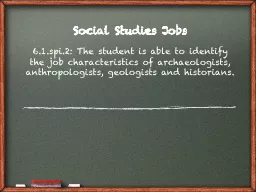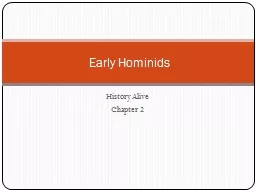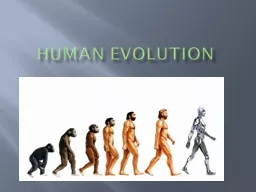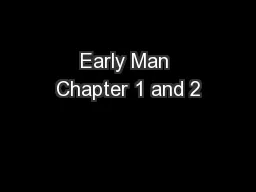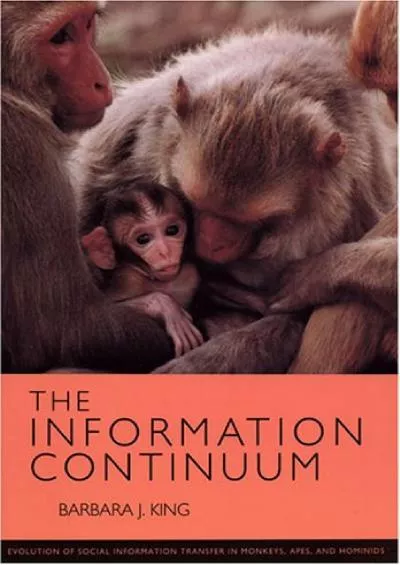PPT-Chapter 2 Early Hominids
Author : basidell | Published Date : 2020-09-22
22 Australopithecus Afarensis Lucy and Her Relatives Australopithecus Earliest group of hominids Southern Ape Found in Africa Lucy Belonged to Australopithecus
Presentation Embed Code
Download Presentation
Download Presentation The PPT/PDF document "Chapter 2 Early Hominids" is the property of its rightful owner. Permission is granted to download and print the materials on this website for personal, non-commercial use only, and to display it on your personal computer provided you do not modify the materials and that you retain all copyright notices contained in the materials. By downloading content from our website, you accept the terms of this agreement.
Chapter 2 Early Hominids: Transcript
Download Rules Of Document
"Chapter 2 Early Hominids"The content belongs to its owner. You may download and print it for personal use, without modification, and keep all copyright notices. By downloading, you agree to these terms.
Related Documents

